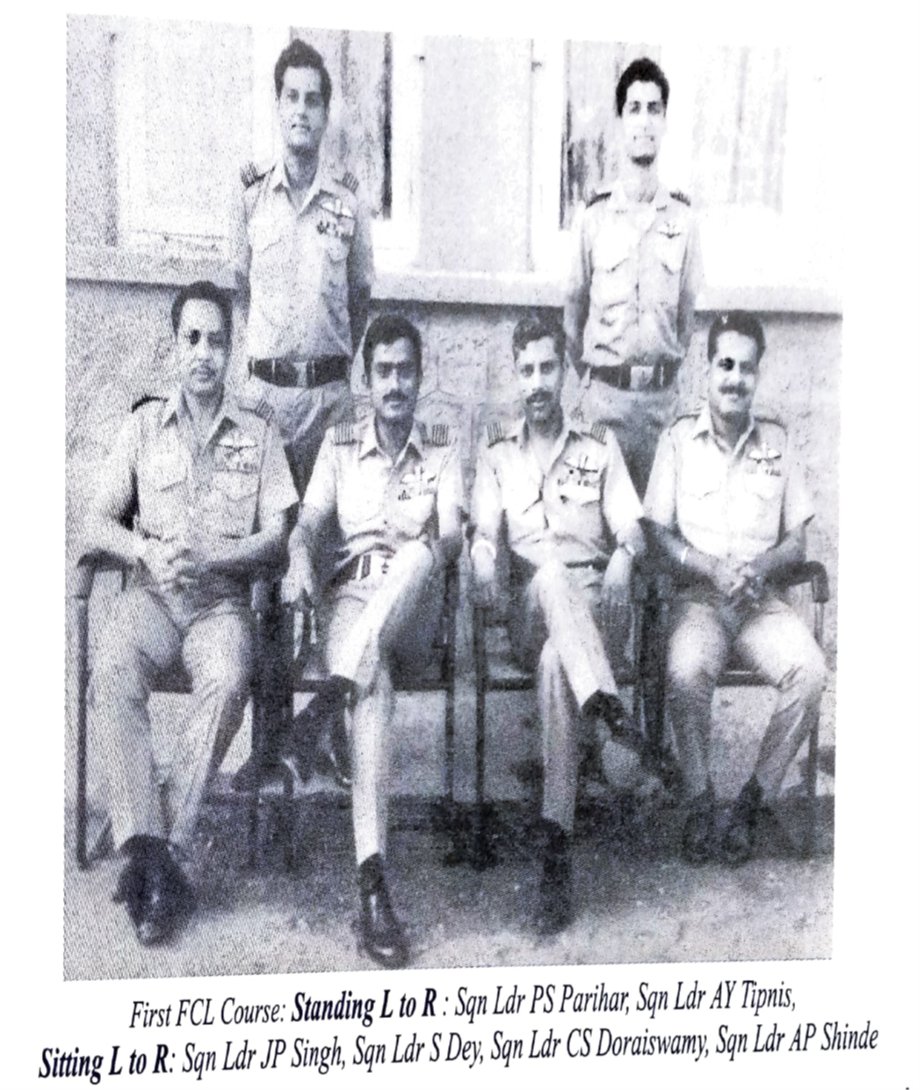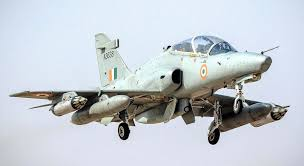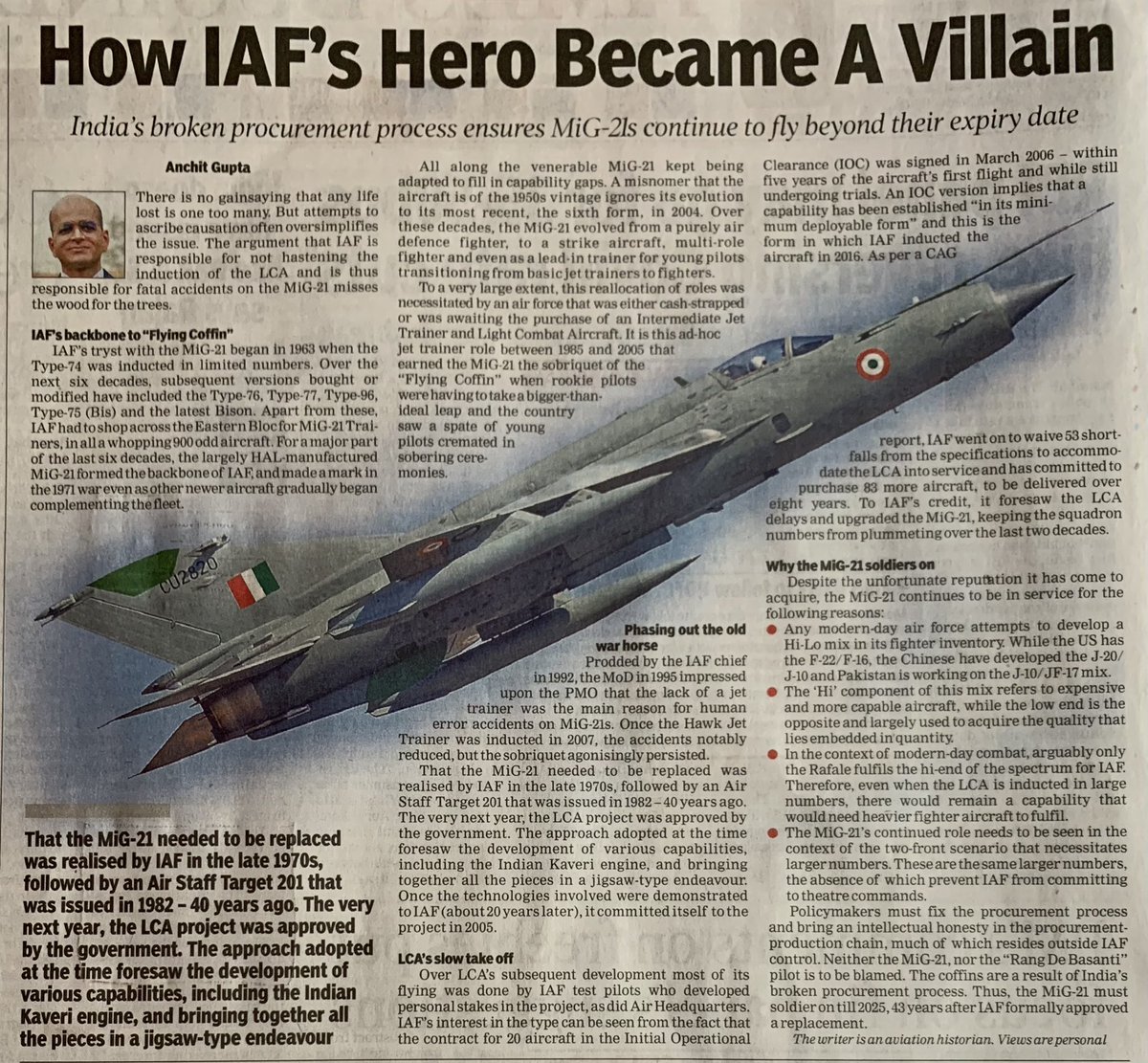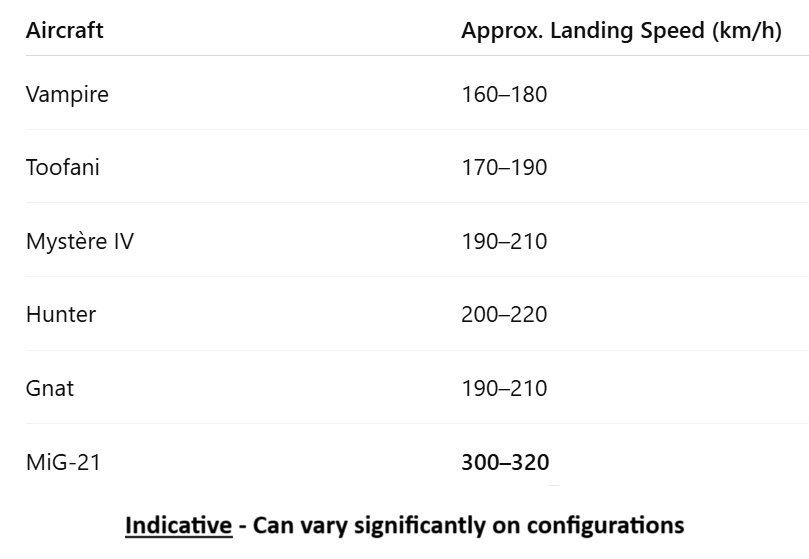As I book tickets for @TomCruise #TopGun, I’m reminded of the @IAF_MCC own TopGun Academy - Tactics and Air Combat Development Establishment (TACDE). This is an attempt to recall the story of how independent India made its own #Mavericks #IAFHistory (1/22) 

The history of Air Combat is as old as aircraft themselves. Given its shared history the IAF of the 1940/50s looked to the RAF for air combat tactics & trg, but only a handful of pilots could be so trained with no institutional transfer & continuity of knowledge being avl. 2/ 

In the period 1950-52, the IAF sent four pilots to Australia to undergo the Pilot Attack Instructors (PAI) Course with the RAAF. A few were sent to UK till the mid-1950s. The plan was for these pilots to impart their knowledge to sqn pilots of the IAF. 3/ 

In tandem the IAF began to scout for an A-to-G range. In 1950, Maharajpur, Jamnagar, Bhopal, Amarda Road & Cholavaran were considered. Jamnagar was selected & named Armament Trg Wing (ATW) where an entire sqn would come to receive trg. This pic of 1952 is of 15 Sqn at ATW. 4/ 

The PAI school was set up in 56. Wg Cdr GD “Nobby” Clarke who had trained with the RAAF in 51 spent a large part of the next decade instructing at the school, including as CO & later as CI of ATW which then comprised the PAI flight, sqn Trg Flt & the target towing flight 5/ 

The 1st desi Top Guns graduated with the No 1 PAI Course in Apr 58. 24 courses were held between 1958-70, trg nearly 200 pilots (incl 3 future chiefs). While PAI trained with AtoG weapon delivery, AtoA Combat & Tactics were still being learnt overseas. 6/ 

For Tactics dev, air-air combat, IAF still relied on sending pilots to UK for Day Fighter Leader Course (DFL) on Hunter a/c. Several luminaries such as Johnny Greene, Dilbagh Singh & Rags Raghvendran attended this course & recommended setting up one for the IAF. 7/ 

With UK’s review of defence policy in 1957, focus on conventional warfare was reduced and the DFL course was stopped. The #GunVsMissile debate would leave a gaping hole in IAF’s ability to train #TopGuns. Sporadic attempts were made through the 60s. 8/ 

Similar attempts were made by Rags Raghvendran (See his account), but lack of funds & approvals, coupled with the 62 and 65 wars made sure no IAF Fighter Leader was trained for nearly 15 years, till 1972. But 65 war exposed the urgent need for the same. 9/ 

These efforts received a fillip when ACM PC Lal gave the go-ahead to establish a unit under Dte of Off Ops. G/C Aubrey Michael & S/L Denzil Keelor planned & estd this setup. Aubrey was awarded AVSM for his efforts & Keelor commanded TACDE later, retiring as Air Mshl 10/ 

This Unit, the Tactics & Combat Development & Training Sqn (TCDTS) was setup with a Flt each of the best combat a/c in IAF then – MiG-21 & Su-7. 211 handpicked officers & men reported to the unit on 1 Feb 71. Started as a 1-yr experiment, the unit would go on to make history 11/ 

TCDTS moved to Ambala in 71 & was just getting settled when war clouds began to loom. TCDTS was given the task of Low Level (150-200 m) night strikes on PAF bases. The only challenge was – Neither MiG-21/ Su-7 nor the pilots were equipped or trained for it! 12/ 

To their credit, TCDTS delivered night-time raids at major PAF bases, in all flying 293 sorties through the war. Damage to infra may have been repairable, but the impact on PAF morale and tactics was undeniable. For details, read “Moonlight Marauders” by Air Mshl TJ Master. 13/ 

Graduates earned a patch with a MiG-21 (Air Defence) & Su-7(Ground attack),separated by a flash for controllers. The bg colours signified day/night. The Motto–“Learn to lead–Lead to fight” was inspired by ETPS, UK. The official crest was designed by then Cmdt MS Bawa in 1976. 14/ 

In May 72, Wg Cdr A Sridharan took charge. During his 2-yr tenure the Unit was renamed as TACDE (Tactics & Combat Development & Training Establishment), moved to Jamnagar, extensively developed tactics, and conducted the first Fighter Combat Leader (FCL) course. 15/ 

In the hectic period of 72-74, staff at TACDE laid out flying techniques, tactics, briefing notes & experimented with combinations of 2v2, 2v4, 10 a/c mixed formation flying, strike msns – nearly rewriting a/c and service manuals and testing the limits of a/c. 16/ 

The 1st FCL course began in May 73. It had three pilots each from MiGs & Sukhois & were all Flt Cdrs of their own sqns & qualified PAIs. The IAF had chosen its best! Sqn Ldr AY Tipnis (later Chief of Air Staff) won the trophy as the best fighter leader of the first course 17/ 

In Jun82, the MiG-21FL & Su-7 were phased out. The MiG-21bis & MiG-21M/MF were inducted at TACDE leading to further refinements of techniques & syllabi. The MiG-21 would remain the only a/c at TACDE for the next 12 years. 18/ 

Btwn 1989-97, TACDE evolved rapidly. The Fighter Strike Leader (FSL) & Master Fighter Controller (MFC) courses were added in 89. Missile(SAGW) combat crew were integrated. In 94, the MiG-27 replaced the MiG-21M & in 97 the Helicopter Combat Leader (HCL) course was added. 19/ 

In 2000, TACDE moved out of Jamnagar after 28 years to Gwalior. Su-30 replaced the MiG-27 in 2010 and earlier this year the MiG-21 was phased out of TACDE after 50 years, almost at the same time as TACDE celebrating its golden jubilee. 20/ 

500+ pilots & 100+ Controllers had graduated by the turn of the century. A handful of them had been posted back to TACDE as Directing Staff (Maverick’s choice posting in #TopGun). For #Topgun fans, it is easy to visualize the effort & skill to earn the right to these patches. 21/ 

If I had a choose an #IndianMaverick, it would be S/L Owen D’Sena. Credited with dispelling the notion that the SU-7 could not be maneuvered in the vertical plane, it was said the more nimble MiG-21 could never get behind his Su-7. Sadly, he was lost in a Su-7 accident. 22/ 

• • •
Missing some Tweet in this thread? You can try to
force a refresh

















